Blockchain technology, celebrated for its decentralized and secure nature, has come under criticism for its environmental impact, particularly through its major use of the Proof of Work (PoW) mechanism. The PoW model, which works under major cryptocurrencies like Bitcoin, is known for its high energy consumption. To cater to these concerns, the concept of Proof of Less Work (PoLW) has emerged as a potential solution.
What is Proof of Less Work (PoLW)
Imagine a highly secure digital ledger where all your transactions are recorded. But there’s a problem; many blockchains, such as the one that runs Bitcoin, use a method called Proof of Work (PoW) to keep data secure. In PoW, computers solve extremely hard puzzles to add new blocks to the blockchain, which guzzles up huge amounts of electricity.
Is it possible to keep blockchains eco-friendly without turning our planet into a giant oven? Yes! Instead of making computers work extra hard, the new mechanism Proof of Less Work (PoLW) uses easier tasks that require way less energy: PoLW is a different approach to adding blocks to the blockchain that uses less energy; instead of solving extremely hard puzzles, PoLW gives easier tasks that don’t require as much power from computers. These tasks still help validate and secure the blockchain but don’t require as much energy to solve; instead of those brain-melting puzzles, PoLW gives out easier tasks such as solving real-world problems that require less power i.e optimizing mathematical problems, and contributing to scientific research projects that need less intensive computing power. By using less energy, PoLW helps reduce the massive carbon footprint associated with traditional PoW. Here is an outline of how the PoLW system works:
- Task Assignment: The system assigns easier tasks to miners instead of hard puzzles.
- Task Completion: Miners complete these tasks using much less energy.
- Block Addition: When a task is completed, the miner adds a new block to the blockchain.
- Rewards: Miners receive rewards for their work, such as cryptocurrency, especially if they use efficient and renewable energy.
Why is Proof of Less Work (PoLW) Needed
According to research conducted by Cambridge Centre for Alternative Finance, Bitcoin mining alone consumes around 121.36 terawatt-hours (TWh) per year, which is comparable to the annual energy consumption of a country like Argentina. To put it into perspective, the energy used by Bitcoin mining in a single year could power the entire city of New York for nearly four years. This massive energy requirement is driven by the need for miners to continuously run specialized hardware, known as Application-Specific Integrated Circuits (ASICs), to solve complex cryptographic puzzles. This high energy demand results in a significant carbon footprint, contributing to climate change and environmental degradation. The bulk of this energy consumption comes from specialized hardware (ASICs) running continuously to solve the puzzles. The primary critique of the traditional Proof of Work is its energy consumption; the need for massive computational power leads to substantial electricity use, contributing to a large carbon footprint. The majority of Bitcoin mining operations are powered by fossil fuels, particularly coal, which is a major source of carbon emissions. Bitcoin’s annual carbon footprint is comparable to that of countries like Qatar and Hungary, which equates to approximately 60 million metric tons of CO2 emissions per year, contributing to global warming and climate change.
In Proof of Work (PoW), the competition among miners to solve puzzles first means that more powerful and energy-hungry hardware is constantly being developed and deployed. This creates a cycle of increasing energy consumption and e-waste, as older hardware becomes obsolete and is discarded. The new and improved mechanism Proof of Less Work (PoLW) enhances the economic viability of blockchain networks by lowering operational costs. Miners can use less expensive hardware and spend less on electricity, making mining more accessible and profitable. This democratization of mining can lead to a more decentralized and resilient blockchain network. To encourage miners to use PoLW, the system offers rewards or incentives for those who complete the easier tasks. Miners who use renewable energy or more efficient methods might get extra rewards, for example, a miner using solar or wind power could receive additional rewards or priority in the validation process. This helps promote environmentally friendly practices.
How Do We Transition to PoLW
For existing blockchain systems that use PoW, switching to PoLW can be done gradually as it would be a complicated process. The transition requires careful planning, collaboration, and a willingness to embrace new paradigms in blockchain technology which involves either of the following methods:
1- Soft Forks and Hard Forks
Soft Forks:
- Backward-Compatible Changes: Soft forks introduce changes that are compatible with the existing blockchain protocol. This means that the new rules can coexist with the old ones, allowing for an easy transition.
- Adoption by Consensus: Miners and nodes can choose to adopt the new rules, and over time, as more participants switch to the new protocol, the network can fully transition to PoLW.
- Examples of Changes: Soft forks could introduce new types of transactions or validation rules that incorporate PoLW elements, such as rewarding energy-efficient mining practices without disrupting the existing PoW framework.
Hard Forks:
- Creating a New Version: Hard forks involve more drastic changes that are not backward-compatible. This creates a new version of the blockchain with different rules, potentially leading to the existence of two separate chains.
- Community Consensus: A successful hard fork requires a broad consensus within the community, including developers, miners, and users, to ensure a smooth transition and avoid fragmentation.
- Implementation Example: A hard fork could fully replace PoW with PoLW, creating a new blockchain that exclusively uses the PoLW consensus mechanism. This would necessitate all participants to upgrade their systems to support the new protocol.
2- Hybrid Systems
Gradual Transition:
- Combining PoW and PoLW: A hybrid system can integrate both PoW and PoLW, allowing for a phased transition. This approach leverages the strengths of both mechanisms to maintain network stability while gradually adopting more sustainable practices.
- Step-by-Step Integration: Initially, PoW can be used for the most critical aspects of block validation, while PoLW can handle less intensive tasks. Over time, the reliance on PoW can decrease as PoLW proves its efficacy and security.
Example of Hybrid Implementation:
- Initial Block Validation with PoW: PoW can be used to validate the initial blocks, ensuring the security and integrity of the blockchain. This maintains the robust security features of PoW during the early stages of the transition.
- Subsequent Tasks with PoLW: Once the initial blocks are validated, PoLW can take over for subsequent tasks, such as transaction validation and adding new blocks. This reduces the overall energy consumption while still benefiting from the security of PoW.
How Does PoLW Add Value to Blockchain Ecosystem
PoLW helps blockchain work in a way that saves energy and protects the environment by giving computers easy jobs instead of hard puzzles. This allows the network to process more transactions per unit of energy consumed. Estimates by research studies suggest that switching to PoLW could reduce energy consumption by over 90% compared to traditional PoW systems.
- Save Energy: Lower energy use means lower electricity bills and less strain on our worldwide power grids.
- Save the Planet: Less energy consumption equals to a smaller carbon footprint, leading to a healthier and cleaner ecosystem.
- Bringing Innovation: PoLW encourages innovation and efficiency. New innovations like this give the green light to a whole new wave of sustainable technology and opening more doors to more environment friendly mechanisms.
Final Words and Future Directions
One of the main technical challenges in transitioning to PoLW is ensuring that the new system can handle the same volume of transactions as PoW without compromising on performance, and developing and optimizing algorithms that are energy-efficient yet secure and effective in validating transactions is key to overcoming this challenge. Meanwhile, ensuring that PoLW maintains the same level of security as PoW is critical. This involves rigorous testing and validation of the new consensus mechanism to prevent vulnerabilities and attacks. Collaboration between academia, industry, and environmental organizations can drive this innovation and adoption of its use. In conclusion, adopting sustainable practices like PoLW will be crucial in environmental impacts and ensuring a greener future. The benefits of PoLW are bountiful; it dramatically reduces energy consumption and operational costs, making blockchain mining more accessible and profitable. This democratization of mining can lead to a more decentralized and resilient blockchain network. Furthermore, by promoting energy-efficient and renewable energy practices, PoLW contributes to a substantial reduction in the carbon footprint of blockchain technology, aligning it with global sustainability goals. To ensure successful implementation of PoLW, strong support from the blockchain community and developers is required, in addition to engaging with stakeholders through forums, workshops, and collaborative projects facilitating a much smoother transition and incentive to adopt this mechanism. Providing resources and support for developers to build and integrate PoLW solutions can accelerate the transition, which can include offering grants, technical support, and collaborative opportunities.
By transitioning to PoLW, the blockchain community can significantly reduce its environmental footprint while maintaining the integrity and security of its networks. If you are interested in learning about how blockchains are swiftly moving forward in the digital ecosystem, as well as what new innovations are coming ahead, our technology and blockchain experts at Optimus Fox are the perfect ones to get in touch with. Email us now at info@optimusfox.com

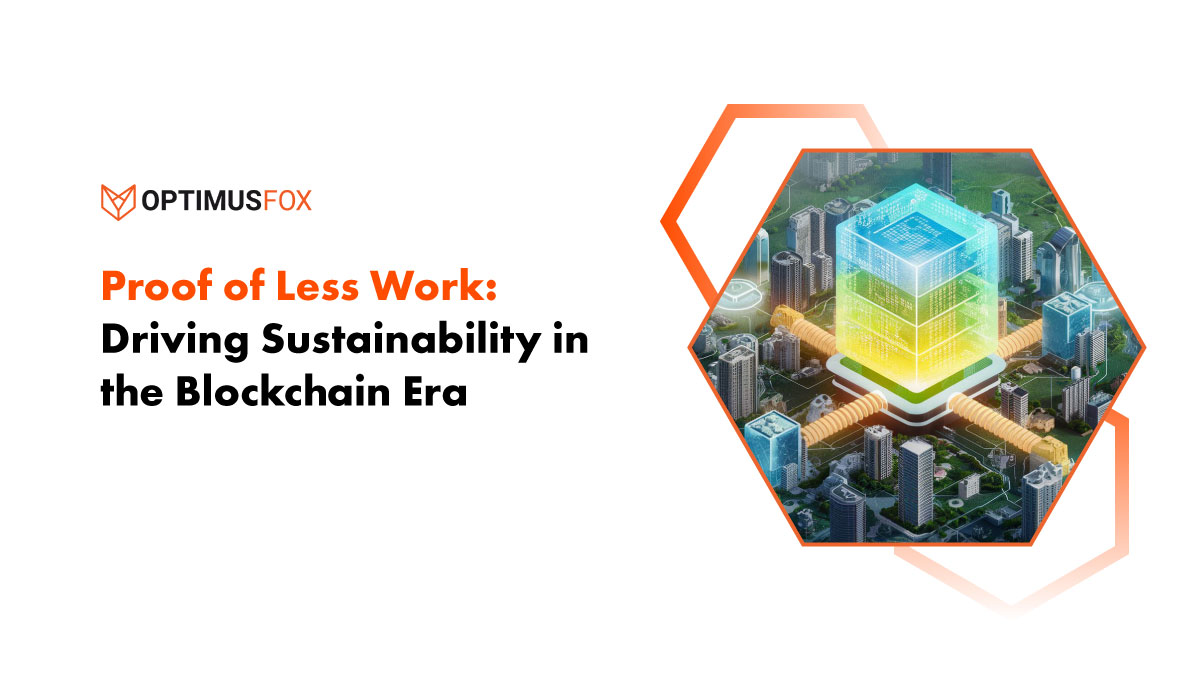
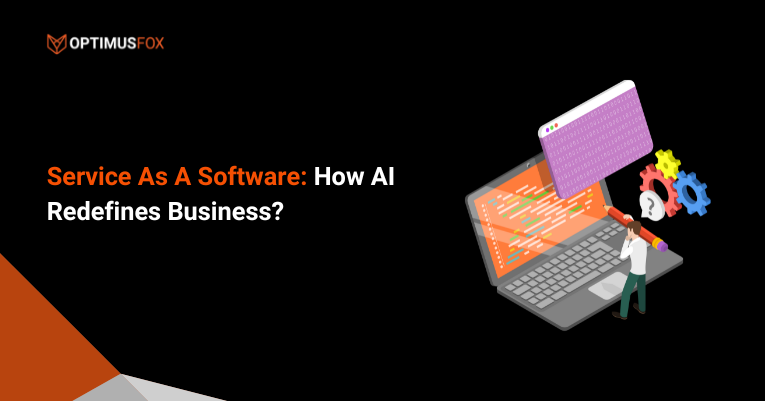


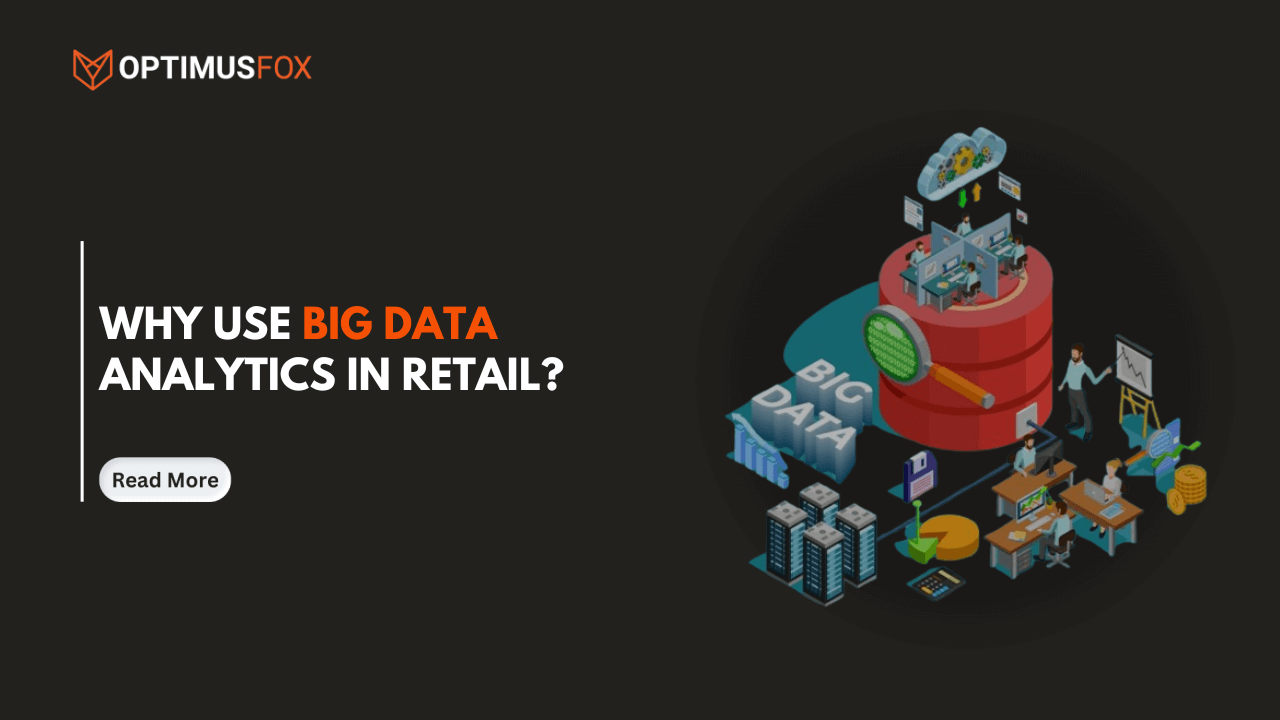
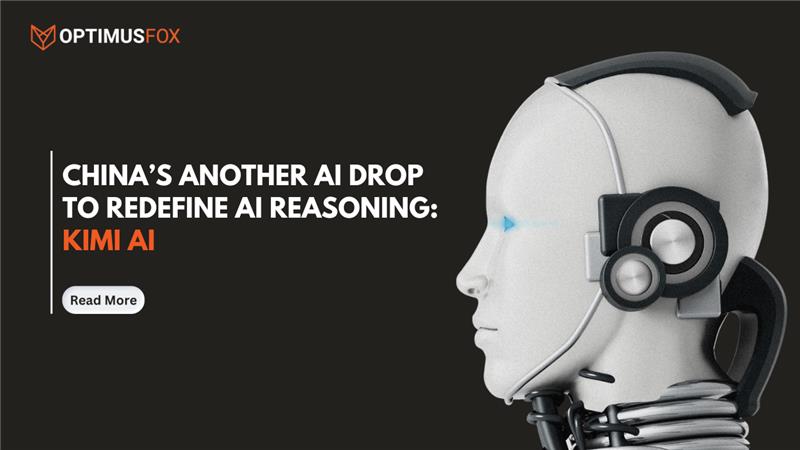
 Chat with us
Chat with us